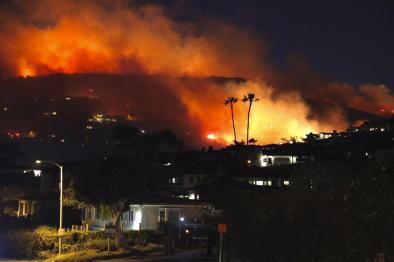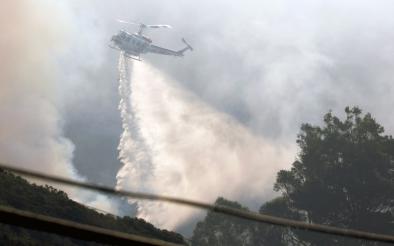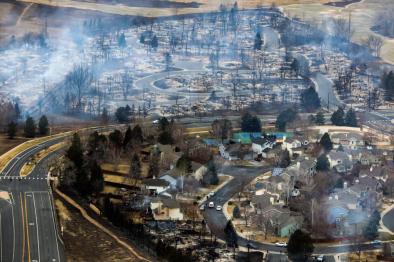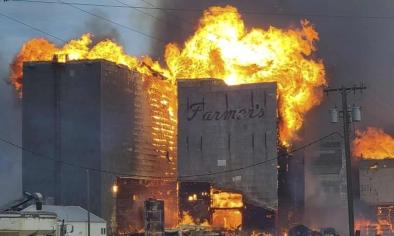Science Source
Observed variations in U.S. frost timing linked to atmospheric circulation patterns
The primary drivers of US frost timing variations over the past century are atmospheric circulation patterns originating over the Pacific Ocean. Hemispheric warming appears to have amplified some of these patterns, contributing in particular to later fall frost timing over the North and West regions.
- Court Strong, Associate Professor Department of Atmospheric Sciences University of Utah[1]
- States that several studies document lengthening of the frost-free season within the conterminous United States (U.S.) over the past century, and report trends in spring and fall frost timing that could stem from hemispheric warming
- Partitions the U.S. into four regions and uncovers atmospheric circulations that account for 25–48% of spring and fall-frost timing
- Finds that these circulations appear responsive to historical warming, and they consistently account for more frost timing variability than hemispheric or regional temperature indices
Related Content
Headline

Feb 11, 2022 | Climate Nexus Hot News
Fires Burn In Hot, Dry Southern California, In February
Headline

Jan 24, 2022 | Reuters
Firefighters gaining control of wildfire that closed scenic California highway
Event

Jan 5, 2022
Marshall Fire December 2021
Headline

Dec 7, 2021 | The Guardian
Winter heatwave breaks records in four US states


